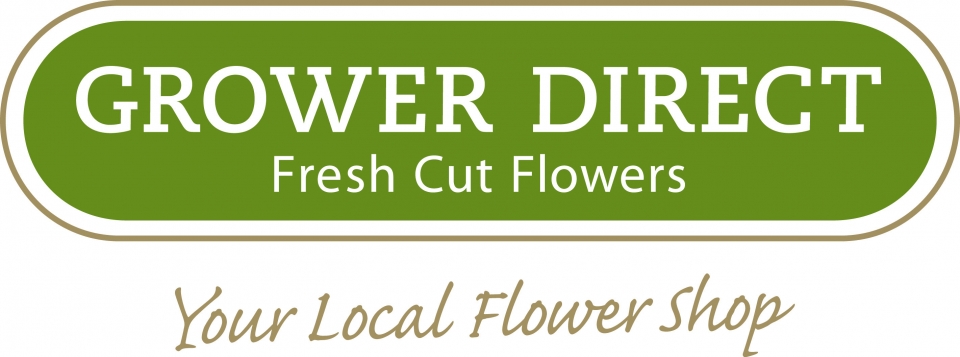![]() Prices in Canadian Dollars.
Prices in Canadian Dollars.![]() Prefer to call and speak to a floral agent? 1-877-277-4787
Prefer to call and speak to a floral agent? 1-877-277-4787
Plant Profile: Eucalyptus
Plant Profile: Eucalyptus

Koala Bears aren’t the only ones who love Eucalyptus!
In the 1850s, Eucalyptus trees were introduced to California by Australians during the California Gold Rush. Much of California has a similar climate to parts of Australia. By the early 1900s, thousands of acres of eucalyptus were planted with the encouragement of the state government. It was hoped that they would provide a
renewable source of timber for construction, furniture making and railroad ties. It was soon found that for the latter purpose Eucalyptus was particularly unsuitable, as the ties made from
Eucalyptus had a tendency to twist while drying,
and the dried ties were so tough that it was nearly impossible to hammer rail spikes into them.
Many different varieties of Eucalyptus exist: Baby Blue, Seeded, Feather, Willow, Spiral, Parvifolia, and Gunnii are among the varieties popular for the floral industry.

BABY BLUE EUCALYPTUS – Perhaps the most popular and widely used Eucalyptus. Baby Eucalyptus has a distinctive Eucalyptus fragrance which comes from its heavily scented grey green foliage with round to heart shaped leaves.

SEEDED EUCALYPTUS – Clustered peppercorn sized seeds on stem tips and laterals with broad silver green leaf, round to heart shaped and semi upright structure, flexible stem. This variety is available August to May.
SILVER DOLLAR EUCALYPTUS – Broad silver green leaf, round to heart shaped and semi upright structure, flexible stem. This variety is available throughout the year, but yields high quality during August to May.
The silvery-gray foliage of Eucalyptus can be used as beautiful detail in fresh arrangements or as a dried foliage in permanent arrangements. Dried Eucalyptus also make great potpourri as it retains its fragrance for quite some
time. Let us know what your favourite variety of Eucalyptus is!


